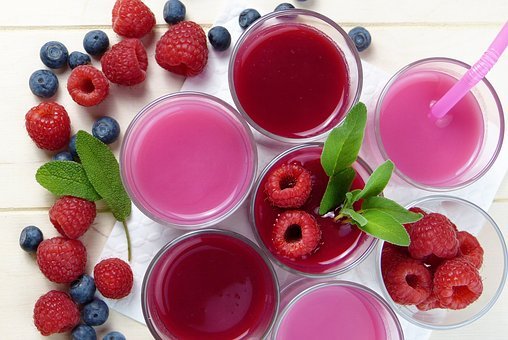Veganomics
We've seen the new Vegan Bar in the UC, but have you really considered what that’s all about. Vegan and vegetarian lifestyles are coming into the mainstream, but there is still a lot of confusion surrounding what these terms really mean and why anyone would want to pass up that burger and fries. There are compelling arguments that support adopting such a lifestyle, as well as plenty of reasons not to.

source
Bear in mind that the goal of the green movement is simply to encourage awareness. Whether or not you make the personal choice to live a vegetarian or vegan lifestyle – in the interests of full disclosure, I do not – understanding the effects your eating habits have can make a huge impact.
- Vegetarians do not eat meat because they don’t like the idea of killing animals for food. Lacto-ovo vegetarians do eat dairy and eggs, since you don’t have to kill the cow or chicken to get them.
- Vegans consider the use of animal products exploitation, since animals don’t have any choice in the matter. They abstain from eating any meat, dairy, or eggs and even refuse honey because it comes from bees. Veganism is a full lifestyle choice; vegans do not wear fur, leather, wool, or down, and they do not use cosmetics or chemical products that are tested on animals.
- Since 1960, approximately 25 percent of Central America’s rain forests have been burned and cleared to create pasture for beef cattle. This means that every four ounce hamburger made from those cattle translates to about 55 square feet of destroyed rain forest.
- Raising cattle contributes significantly to the production of methane gas, a natural by-product of manure, which is a major factor in global warming and water pollution.
- It takes approximately 2464 gallons of water to produce each pound of beef! This means that nearly half of the United States’ water supply goes to livestock production. In contrast, it takes only 29 gallons of water to grow a pound of tomatoes, and 139 gallons of water to produce a loaf of whole wheat bread.
- Growing vegetables and grains can feed a lot more people worldwide. An acre of land used to grow oats produces eight times the protein and 25 times the calories if those oats feed humans rather than cattle. However, more than 70 percent of US grain is fed to livestock rather than humans.
- It takes ten times more energy to transport livestock than it does vegetables.
To listen to the audio version of this article click on the play image.

Brought to you by @tts. If you find it useful please consider upvoting this reply.